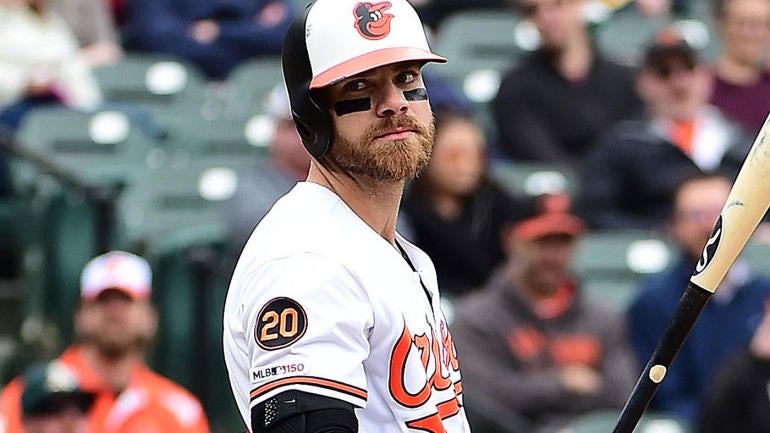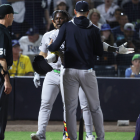
After 14 years as a Major League slugger, Baltimore Orioles star Chris Davis announced his retirement from baseball on Thursday, leaving the game as a former All-Star and two-time league leader in home runs. But while Davis will no longer take to the diamond, he'll still reap the financial benefits of being a Major Leaguer for a long time to come and become yet another illustration of the perks of deferred payments.
As noted by Spotrac, Chris Davis is set to receive $42 million in deferred payments in a 15-year period from 2023 to 2037 as a residual after-effect of the seven year, $161 million contract he signed with the Orioles in 2016.
After receiving his full $23 million salary in 2022, Davis will earn:
- $9.16 million annually from 2023 to 2025
- $3.5 million from 2026 to 2032
- $1.4 million from 2033 until 2037
At that point, Davis will have turned 51.
According to Bob Nightengale of USA Today, Davis had already deferred $6 million from his salary to next year, with the entire $17 million deferred over the next three years.
When Davis signed his contract in 2016, he had been coming off of leading Major League Baseball in home runs twice in a three year period from 2013 and 2015. However, injuries resulted in him going into decline, culminating in hip surgery in May that forced his 2021 season to end prematurely.
Davis directly cited his injuries in the announcement of his retirement on Thursday.
The nature of Davis' deferred payments will inevitably spawn comparisons to those of former MLB All-Star and Silver Slugger Bobby Bonilla, who has been paid $1.19 million by the New York Mets each year and will continue to be paid until 2035 as a residual after-effect of being cut by the team following the 1999 season.
The annual payout, which occurs on July 1, has now become infamously dubbed as "Bobby Bonilla Day." Now, the Orioles have a similar situation with what will be the annual "Chris Davis Day."
![[object Object] Logo](https://sportshub.cbsistatic.com/i/2020/04/22/e9ceb731-8b3f-4c60-98fe-090ab66a2997/screen-shot-2020-04-22-at-11-04-56-am.png)


















